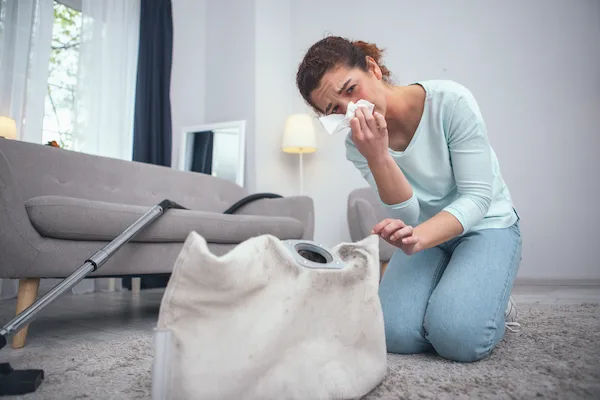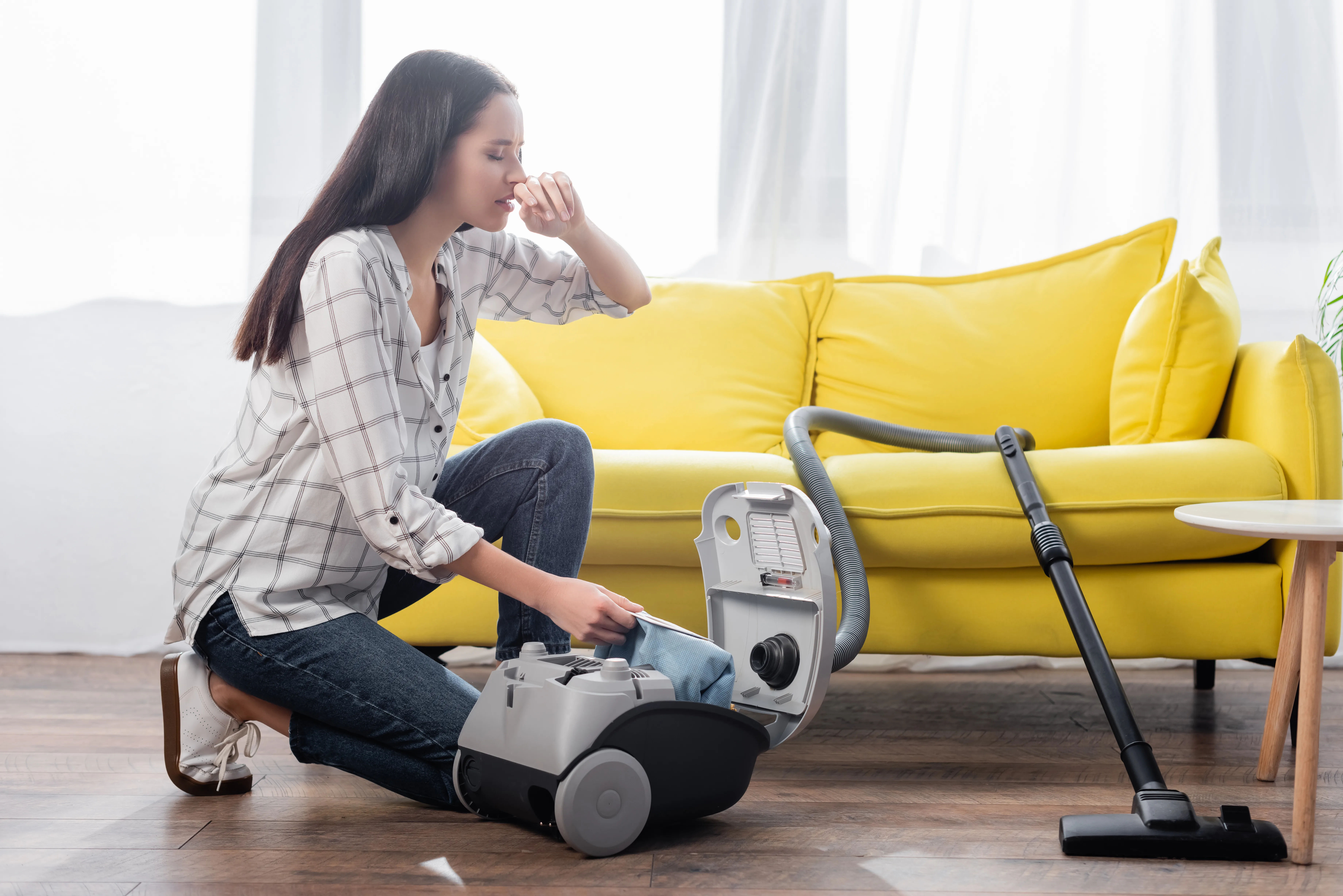Understanding Indoor Allergens and Their Effects
know about indoor allergens, their effects, common indoor allergens and their sources, symptoms, ways to reduce indoor allergens and more.

Written by Dr. Dhankecha Mayank Dineshbhai
Reviewed by Dr. Siri Nallapu MBBS
Last updated on 22nd Jul, 2025

Understanding Indoor Allergens and Their Effects
Introduction
Do you often sneeze, cough, or experience itchy eyes while at home? You might be reacting to indoor allergens—tiny particles in your home that trigger allergies. Unlike outdoor allergens like pollen, indoor allergens are present year-round and can affect your health if not managed properly.
This article will help you understand what indoor allergens are, their common sources, the symptoms they cause, and how you can reduce exposure for a healthier life.
What Are Indoor Allergens?
Indoor allergens are substances inside your home that can trigger allergic reactions in sensitive individuals. These allergens are often microscopic and can be found in dust, pet dander, mould, and even certain fabrics.
Unlike seasonal allergies (such as hay fever), indoor allergies can persist throughout the year because we spend so much time indoors, especially in bedrooms, living rooms, and kitchens.
Common Indoor Allergens and Their Sources
1. Dust Mites
What are they?
Tiny bugs that thrive in warm, humid environments.
Where are they found?
Bedding, carpets, upholstered furniture, and stuffed toys.
Why are they harmful?
Their waste particles become airborne and trigger allergies.
2. Pet Dander
What is it?
Tiny flakes of skin are shed by pets (cats, dogs, birds).
Where is it found?
On furniture, carpets, clothes, and even in the air.
Why is it harmful?
Proteins in pet saliva, urine, and dander can cause allergic reactions.
3. Mould Spores
What are they?
Fungi that grow in damp areas.
Where are they found?
Bathrooms, kitchens, basements, and near leaky pipes.
Why are they harmful?
Inhaling mould spores can worsen asthma and allergies.
4. Cockroach Droppings
What are they?
Waste particles from cockroaches.
Where are they found?
Kitchens, behind appliances, and in cracks.
Why are they harmful?
Proteins in their droppings can trigger asthma and allergies.
5. Indoor Pollen & Chemical Irritants
What are they?
Pollen can enter through windows, while chemicals come from cleaning products, perfumes, and smoke.
Where are they found?
Air fresheners, tobacco smoke, and strong fragrances.
Why are they harmful?
They can irritate the nose, throat, and lungs.
Consult a Top general practitioner for the best advice
Symptoms of Indoor Allergies
If you're sensitive to indoor allergens, you may experience:
- Sneezing
- Runny or stuffy nose
- Itchy, watery eyes
- Coughing or wheezing
- Skin rashes or eczema
- Worsening asthma symptoms
These symptoms can be mistaken for a cold, but if they persist for weeks, allergies are likely the cause.
How to Reduce Indoor Allergens?
1. Keep Your Home Clean
Vacuum carpets and upholstery weekly using a HEPA filter vacuum.
Wash bedding in hot water (130°F or above) to kill dust mites.
Use dust-proof covers for mattresses and pillows.
2. Control Humidity
Keep indoor humidity below 50% to prevent mould and dust mites.
Use a dehumidifier in damp areas like basements.
Fix leaks promptly to avoid mould growth.
3. Minimise Pet Allergens
Bathe pets weekly to reduce dander.
Keep pets out of bedrooms to limit exposure while sleeping.
Use an air purifier with a HEPA filter.
4. Reduce Clutter
Remove unnecessary fabrics (curtains, rugs, stuffed toys) where allergens collect.
Store items in closed containers to minimise dust buildup.
5. Improve Ventilation
Open windows occasionally to allow fresh air circulation.
Use exhaust fans in kitchens and bathrooms to reduce moisture.
6. Avoid Harsh Chemicals
Choose fragrance-free cleaning products.
Avoid smoking indoors.
When to Seek Medical Help?
If your symptoms are severe or interfere with daily life, consult a doctor. They may recommend:
- Allergy testing (skin or blood tests) to identify specific triggers.
- Medications like antihistamines, nasal sprays, or inhalers.
- Immunotherapy (allergy shots) for long-term relief.
Final Thoughts
Indoor allergens can be a hidden cause of persistent allergies and respiratory issues. By making small changes—like regular cleaning, reducing humidity, and using air purifiers you can significantly improve your indoor air quality and overall well-being.
Consult a Top general practitioner for the best advice
Consult a Top general practitioner for the best advice

Dr. Syed Ismail Ali
General Practitioner
7 Years • MBBS
Hyderabad
Apollo 24|7 Clinic, Hyderabad

Dr D M Karthik
General Practitioner
4 Years • MBBS, Fellowship in Diabetes Mellitus, Advance certificate in Diabetes Mellitus, Derma Nutrition Certification
Visakhapatnam
Apollo 24|7 Clinic - Andhra Pradesh, Visakhapatnam

Dr. Mohammed Kamran
General Practitioner
5 Years • MBBS, FIDM
Nashik
Apollo 24|7 Clinic - Maharashtra, Nashik

Dr. Madhuri Sai Sreepada
General Practitioner
9 Years • MBBS
Hyderabad
BRIGHT SMILES MEDICARE & DENTAL CARE, Hyderabad
Dr. Uma Bharathi
General Practitioner
6 Years • MBBS
Chokkikulam
TVS LAKSHMI HOSPITAL, Chokkikulam



